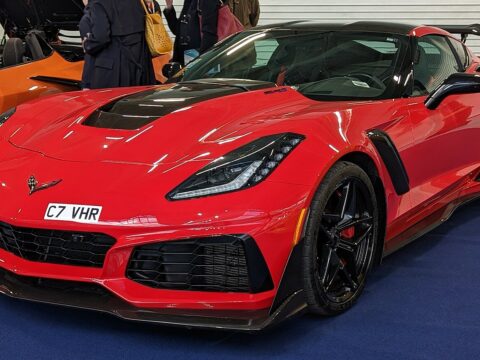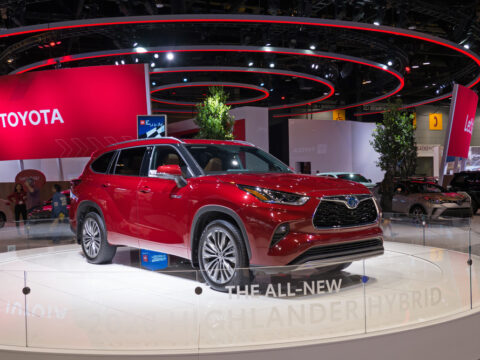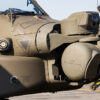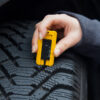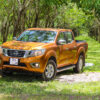Space exploration has fascinated humanity for decades, with various spacecraft paving the way for groundbreaking discoveries. In this article, we explore 15 iconic spacecrafts that have left an enduring legacy, shaping our understanding of the universe and inspiring future missions. From the pioneering Apollo missions to the far-reaching Voyager probes, each spacecraft has played a crucial role in expanding the frontiers of space science.
Contents
Sputnik 1
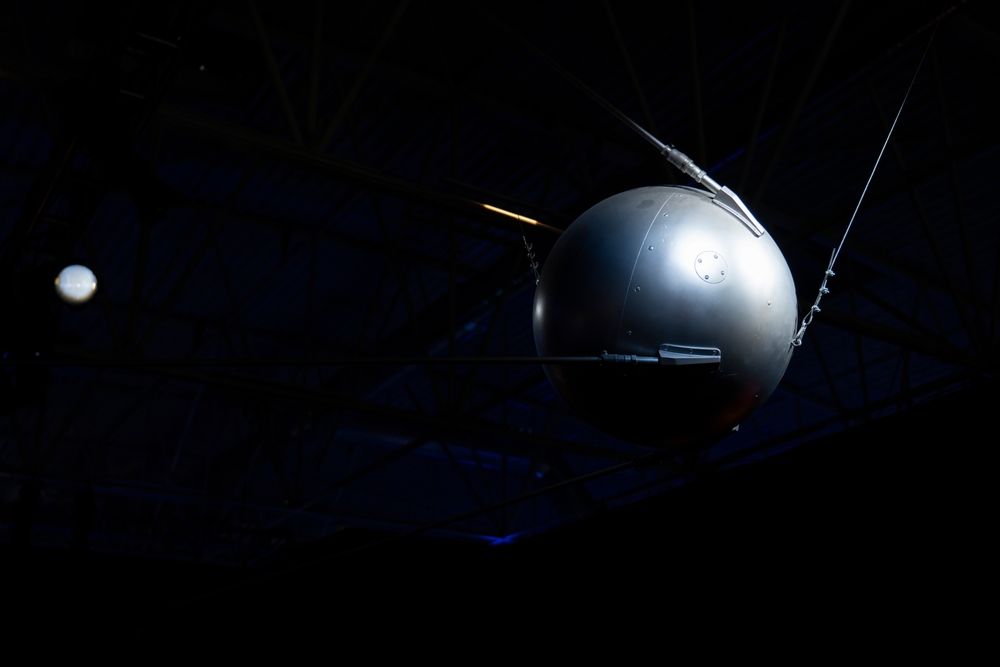
Launched by the Soviet Union in 1957, Sputnik 1 was the world’s first artificial satellite, marking the dawn of the space age. This basketball-sized satellite emitted radio pulses detectable on Earth, signaling humanity’s entry into space exploration. Its successful deployment demonstrated the feasibility of launching objects into orbit and ignited the space race between the United States and the Soviet Union, profoundly impacting global technological development.
Apollo 11
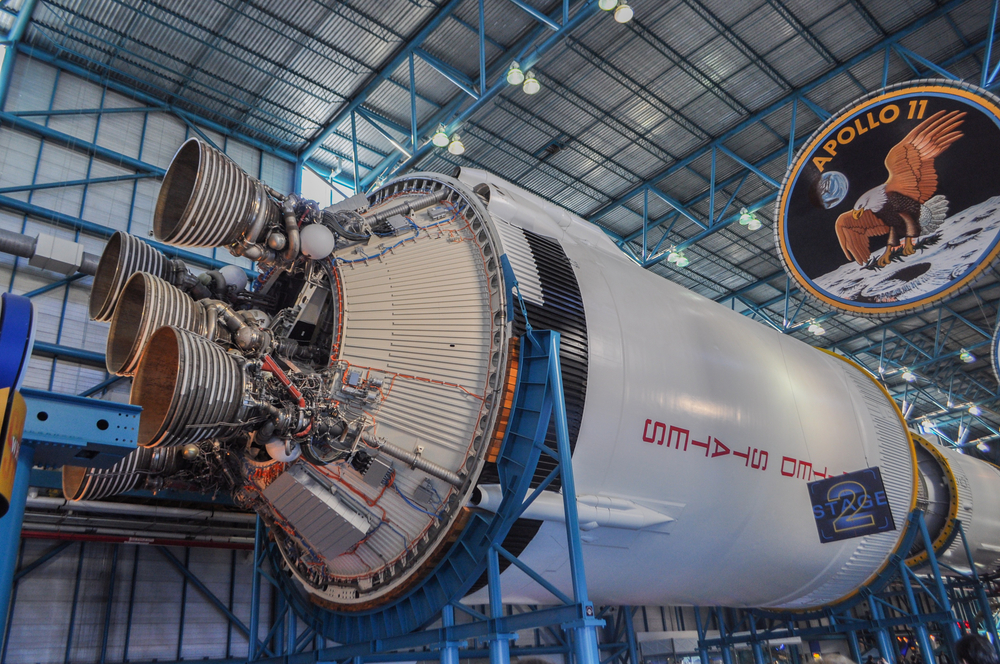
Apollo 11, a NASA mission launched in 1969, achieved the historic milestone of landing the first humans on the Moon. Astronauts Neil Armstrong and Buzz Aldrin set foot on the lunar surface, while Michael Collins orbited above. This mission not only showcased American ingenuity and determination but also marked a significant achievement in human exploration, inspiring generations to look towards the stars.
Voyager 1
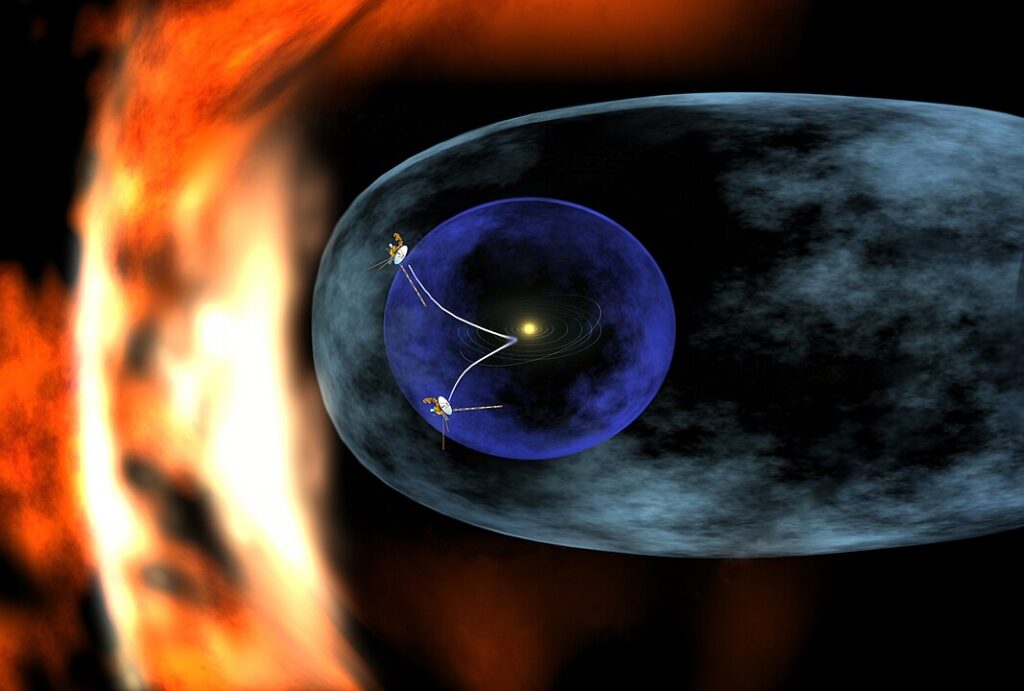
Launched in 1977, Voyager 1 is the farthest human-made object from Earth, currently traversing interstellar space. This spacecraft provided invaluable data on the outer planets, including detailed images and information about Jupiter and Saturn. Voyager 1’s journey has expanded our understanding of the solar system and continues to send data back to Earth, contributing to our knowledge of the cosmos.
Hubble Space Telescope
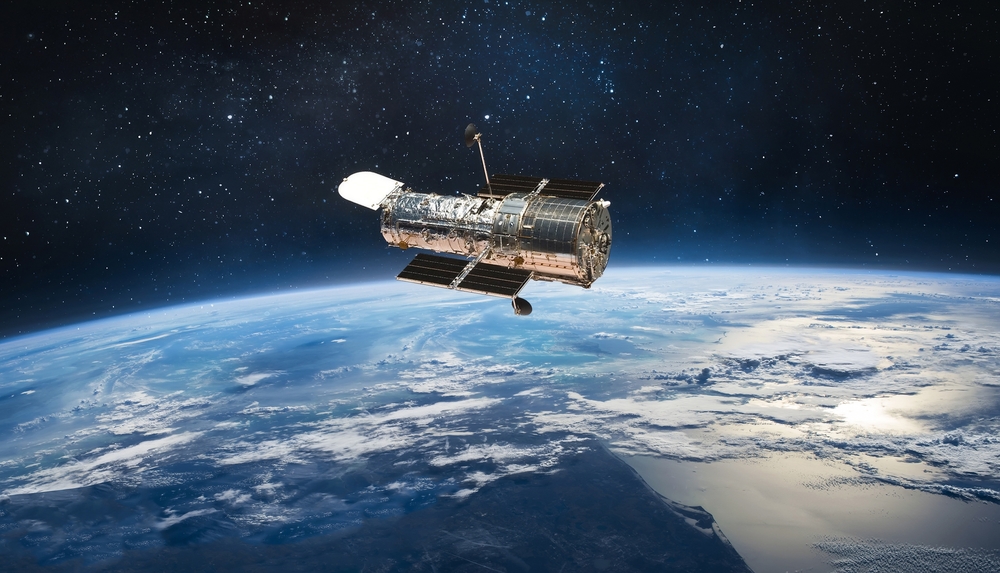
Deployed in 1990, the Hubble Space Telescope has revolutionized our understanding of the universe. Orbiting above Earth’s atmosphere, Hubble has captured stunning, high-resolution images of distant galaxies, nebulae, and star clusters. Its observations have led to numerous scientific discoveries, including the rate of the universe’s expansion and the existence of dark energy, making it an invaluable tool for astronomers.
Curiosity Rover
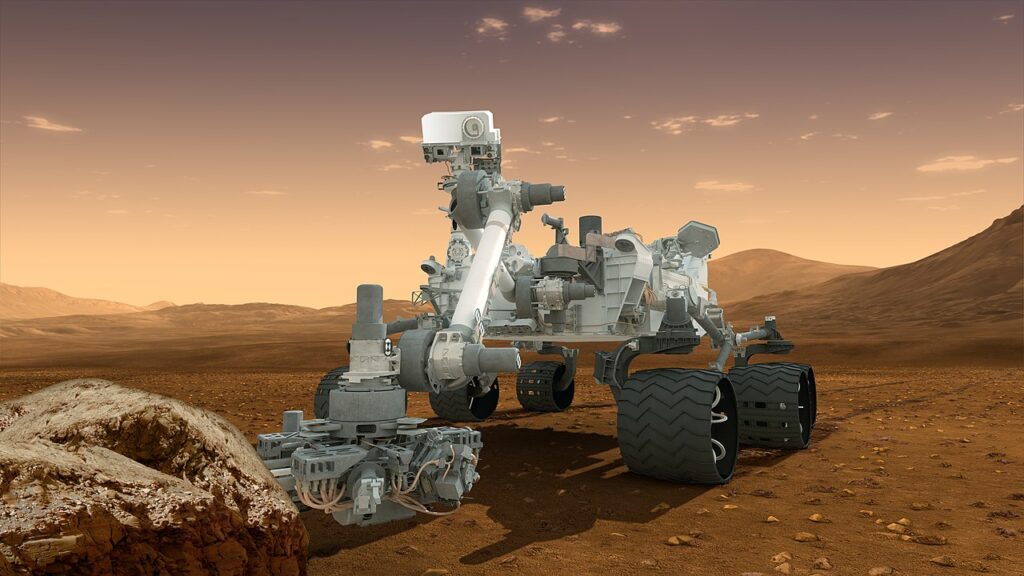
Launched in 2011, NASA’s Curiosity Rover has been exploring Mars, providing detailed information about the planet’s climate and geology. Equipped with advanced scientific instruments, Curiosity has analyzed soil and rock samples, revealing the presence of ancient water and complex organic molecules. Its findings have significantly advanced our understanding of Mars’ potential to support life.
International Space Station (ISS)
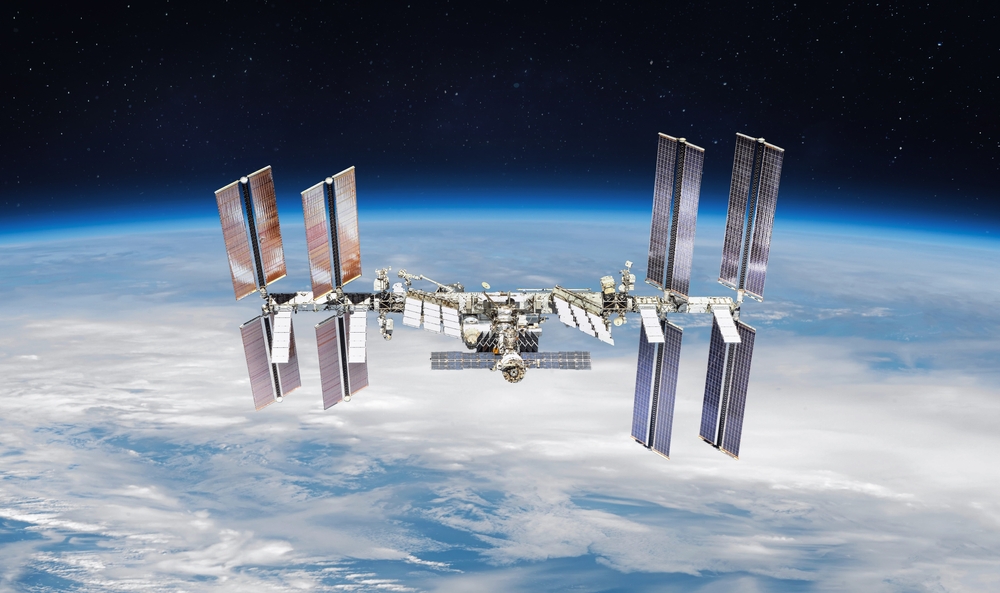
The International Space Station (ISS) is a collaborative project involving multiple countries, serving as a hub for scientific research and international cooperation in space. Since its first module, Zarya, was launched in 1998, the ISS has hosted astronauts from around the world, conducting experiments in microgravity that have applications on Earth and beyond. The ISS symbolizes human ingenuity and collaboration in space exploration.
Cassini-Huygens
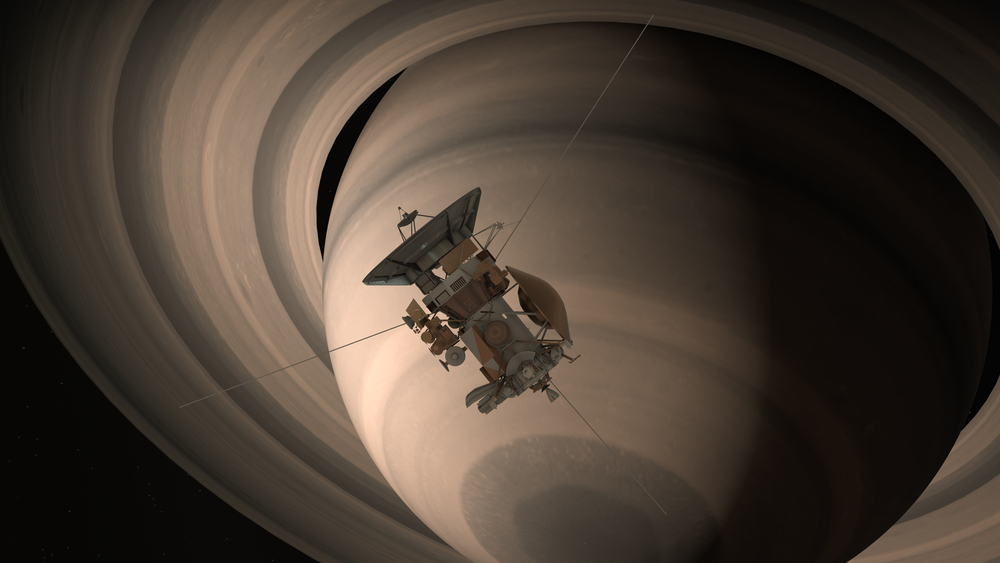
Launched in 1997, the Cassini-Huygens mission provided a wealth of information about Saturn, its rings, and its moons. Cassini’s detailed images and data revealed the complexity of Saturn’s system, including the discovery of water-ice plumes on the moon Enceladus. The Huygens probe, which landed on Titan, provided the first direct exploration of this moon’s surface, significantly advancing our understanding of the outer solar system.
New Horizons
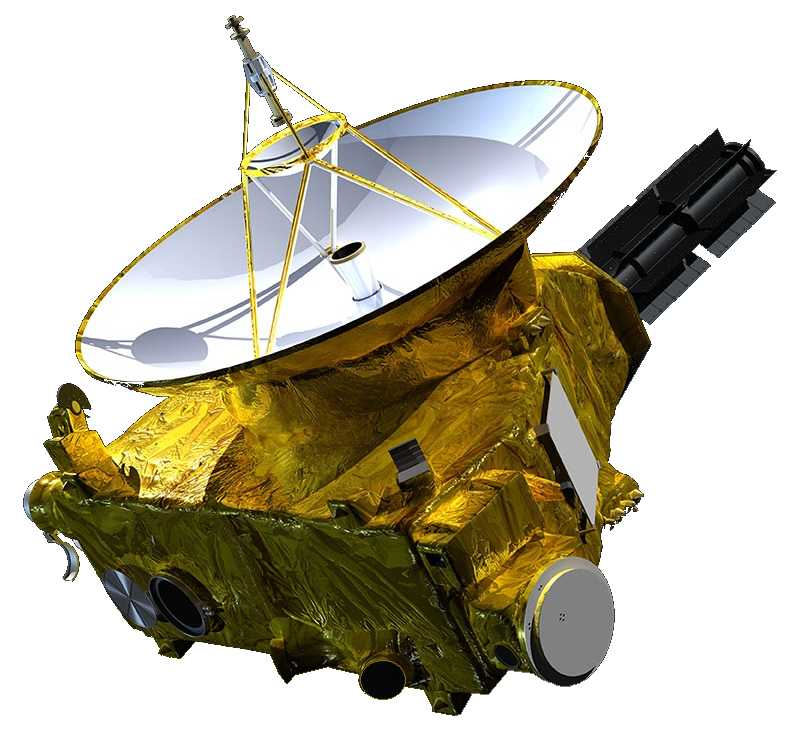
Launched in 2006, New Horizons conducted a historic flyby of Pluto in 2015, revealing detailed images and data about the dwarf planet and its moons. The mission provided unprecedented insights into Pluto’s surface, atmosphere, and geology, transforming our understanding of this distant world. New Horizons continues to explore the Kuiper Belt, further expanding our knowledge of the solar system’s outer regions.
Mars Pathfinder
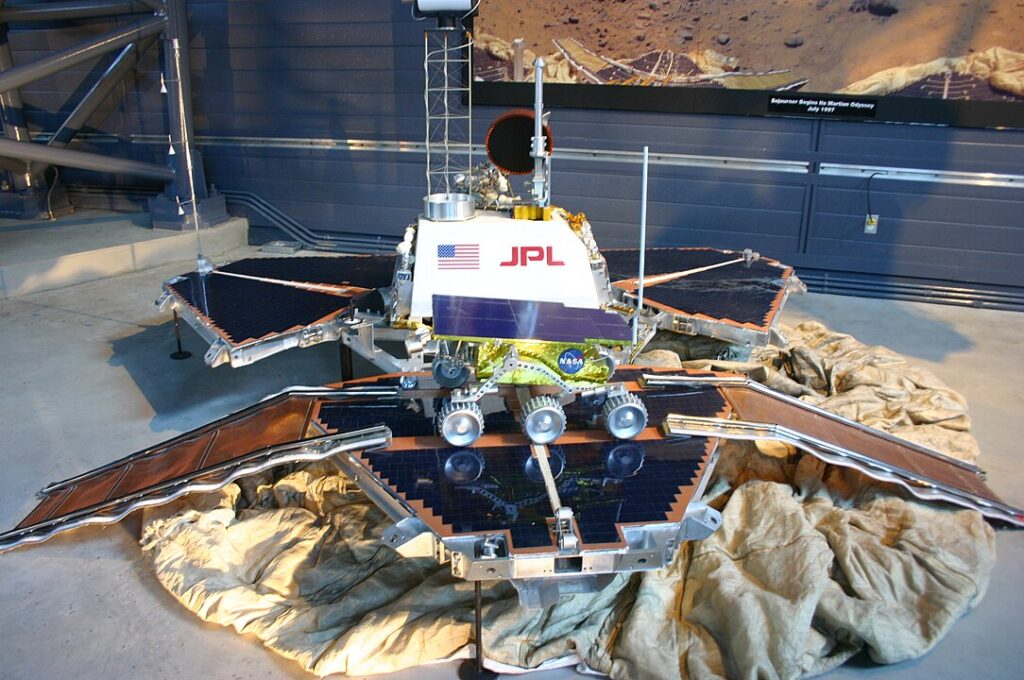
The 1996 Mars Pathfinder mission included the Sojourner rover, which demonstrated new technologies and gathered extensive data about Mars. Pathfinder’s successful landing and Sojourner’s mobility showcased the potential for future Mars exploration. The mission provided detailed images and analyses of the Martian surface, contributing to our understanding of the planet’s geology and potential for past life.
Space Shuttle
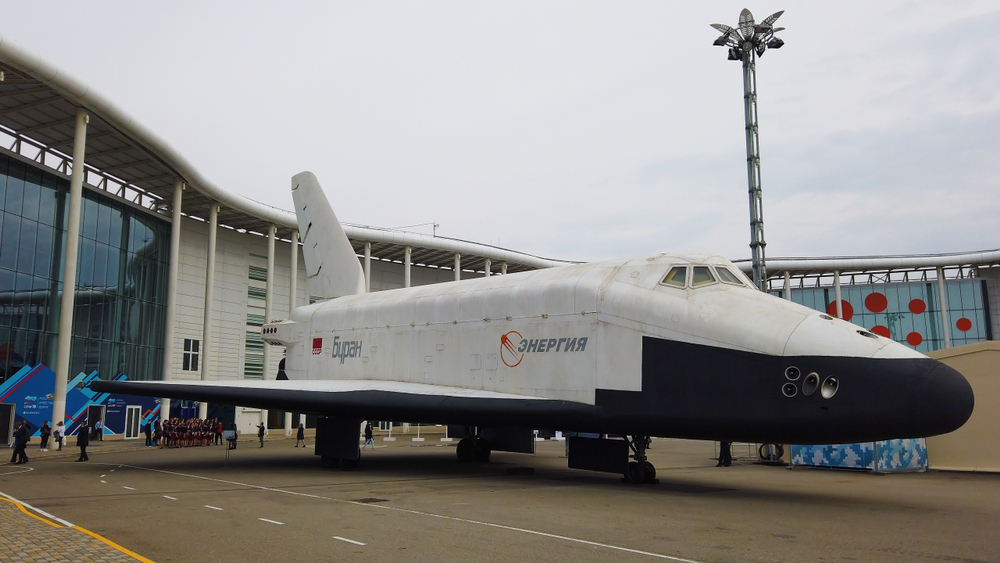
NASA’s Space Shuttle program, operational from 1981 to 2011, featured reusable spacecraft that conducted numerous missions, including satellite launches, ISS construction, and scientific research. The shuttle’s design allowed for the deployment and repair of satellites, such as the Hubble Space Telescope, and facilitated international cooperation in space. Its legacy includes significant advancements in space technology and exploration.
Galileo

Launched in 1989, the Galileo spacecraft studied Jupiter and its moons, providing detailed data on their composition and activity. Galileo’s observations revealed the complexities of Jupiter’s atmosphere, including its powerful storms and magnetosphere. The spacecraft also discovered evidence of subsurface oceans on moons such as Europa, highlighting the potential for extraterrestrial life.
Pioneer 10

Launched in 1972, Pioneer 10 was the first spacecraft to travel through the asteroid belt and make a flyby of Jupiter. It provided the first close-up images of the gas giant and its moons, significantly enhancing our understanding of the outer solar system. Pioneer 10’s journey paved the way for future exploration and remains a testament to early space exploration efforts.
Vostok 1
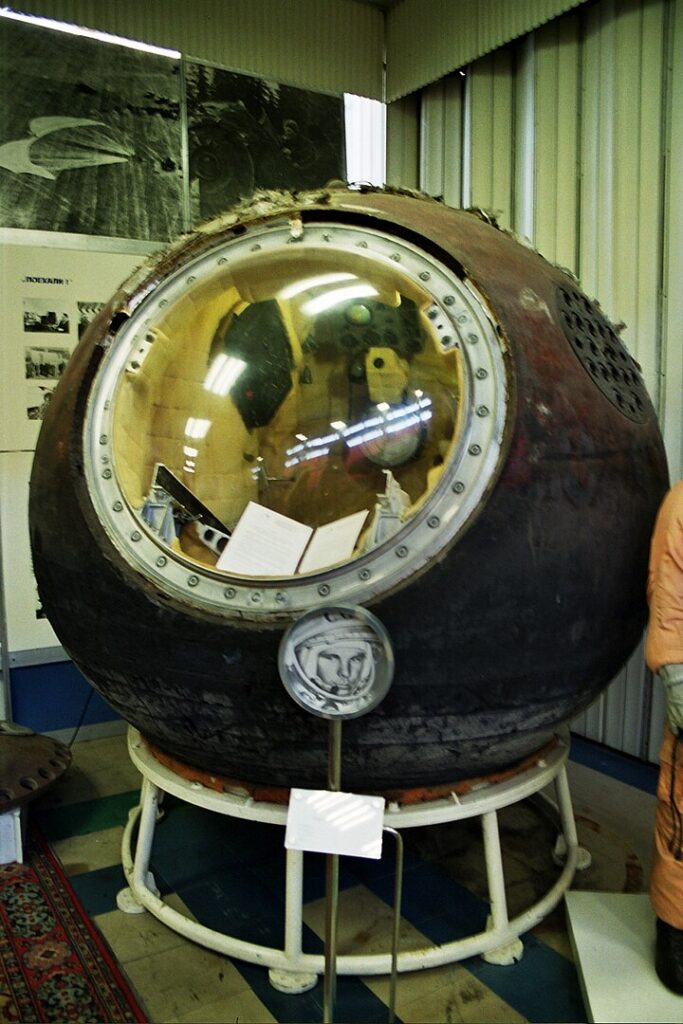
The Vostok 1 spacecraft carried Yuri Gagarin, the first human in space, in 1961. This historic mission marked a significant milestone in space exploration, demonstrating that humans could survive and operate in space. Gagarin’s successful orbit of Earth symbolized Soviet space achievements and inspired further manned space missions.
Juno

Launched in 2011, NASA’s Juno mission aims to study Jupiter’s atmosphere, magnetic field, and more. Juno’s detailed measurements have provided insights into the gas giant’s structure and composition, revealing the complexities of its atmosphere and deep interior. The mission’s findings have significant implications for our understanding of giant planet formation and evolution.
Mars Reconnaissance Orbiter
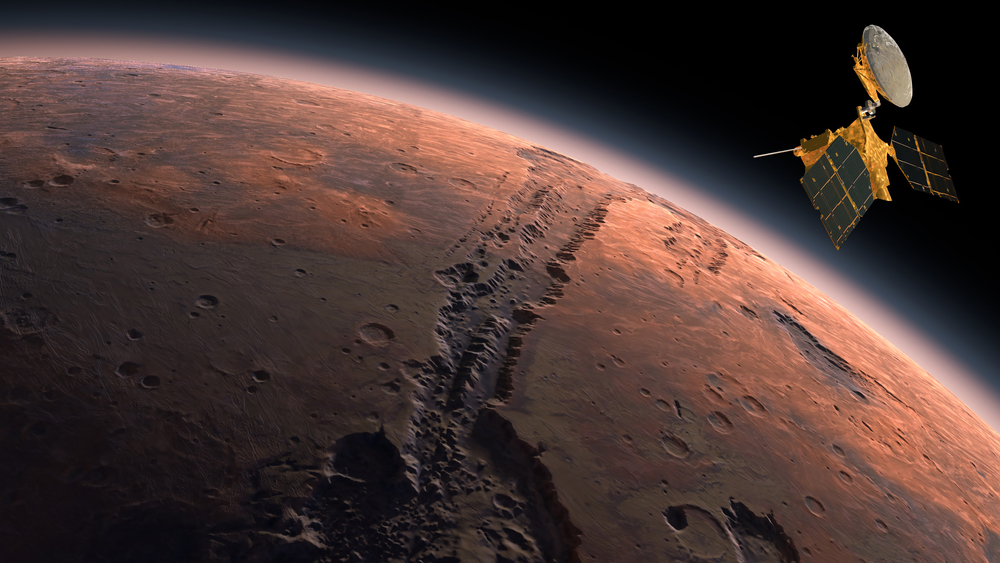
Launched in 2005, the Mars Reconnaissance Orbiter (MRO) has provided high-resolution images and data about Mars’ surface and atmosphere. Equipped with advanced scientific instruments, MRO has mapped the planet’s terrain, identified potential landing sites for future missions, and monitored Martian weather. Its contributions have been crucial for ongoing Mars exploration efforts.
This article originally appeared in MyCarMakesNoise.
More from MyCarMakesNoise
20 Exciting Cars That Aren`t High on Horsepower

When it comes to driving, fun doesn’t always mean fast. Some cars, despite their modest power, offer an incredibly enjoyable driving experience. Read More
17 Military Mishaps Vehicles That Didn’t Meet Expectations

In the world of military technology, not every vehicle lives up to its promise. Some fail to deliver on performance, reliability, or innovation. Read More
25 Budget-Friendly Classic Motorcycles for Every Enthusiast

Finding the perfect classic motorcycle doesn’t have to be a costly affair. With a bit of research and a keen eye, you can uncover gems that offer timeless style and reliable performance without breaking the bank. Read More



